Countryside outside Augsburg
One couldn’t help but admire the beautiful countryside as we drove to Augsburg. The countryside is so green and clean. Red roofed villages,houses painted white, pine forests on the hillsides, crops of cereal, legumes and yellow flowering rapeseed (used for fuel) in the foreground. Augsburg is considered the gateway to the Bavarian Alps just a short distance away. Our stop in Augsburg was basically for a lunch break, found ourselves a Cafe’ and had something light to eat.
After a coffee headed down the main street for a look around, but ran out of time. From a distance viewed the Perlachturm tower dating from 15th century.The wonderful Renaissance Town Hall in the background boasts a splendid “Golden Hall” with magnificent artworks on the ceiling framed in gold leaf, like you find in Venice in the Doge’s palace and other architectural delights of the period.
The Fugger Family
Before leaving Augsburg the group visited the Fuggerei village settlement , considered the oldest social welfare settlement in the world. The Fugger and Welser families, controlled the world’s financial markets and most of the European economy in the 16th Century and became increasingly wealthy. The Fuggers replaced the de’ Medici family, who influenced all of Europe during the Renaissance period (14th to 17th Century).
The Fugger’s founded their wealth in weaving and merchandising. The first reference to the Fugger family recorded in Augsburg, is found in the tax register of 1357. As the family grew and prospered in merchandising, Jakob Fugger the Younger or Jakob Fugger the Rich expanded the business into mining and trading with Venice.
Jakob Fugger “the Rich” founded the Fuggerei in 1521 as a social settlement for impoverished citizens of Augsburg. The village settlement completed in 1523, with annual rent for an apartment set at one Rhine guilder (equal to 0.88 euros), as well as three prayers per day for the founder and the Fugger family. The rent is the same today as it was then, almost 500 years ago. To be eligible to live within the walls of the Fuggerei village , the guidelines are still the same, one is of Catholic faith, living in Augsburg for two-year and have become impoverished but without any debts. The Fuggerei is still financed by a charitable trust established in 1520 with an initial deposit of 10,000 guilders paid by ‘Jakob Fugger the Rich’. Such was the wealth accumulated by the Fugger family, beginning in weaving and merchandising, then expanding exponentially into international business interests. According to the Wall Street journal Jakob Fugger remains the richest man of all times.
Fuggerei Village Settlement
The Fuggerei is a village within the city of Augsburg with its own walls and gates. It has eight lanes and seven gates, plus its own church. A model apartment at Ochsengasse 51 displays the current lifestyle of the residents. There is a Museum displaying the lifestyle of earlier times in three rooms in the only apartment of the Fuggerei preserved in its original condition. The Museum, identified by a stone plaque commemorating the great-grandfather of Wolfgang Amadeus Mozart, a mason Franz Mozart, who resided in the Fuggerei from 1681 and 1694. Today there are 140 apartments in 67 buildings occupied by 150 persons.
Many of the buildings in the village had to be rebuilt after the bombing of Augsburg in World War II, keeping their originality.The Fuggerei social settlement is a very pretty village with red-tiled roofing, bright green foliage against the yellow ochre walls and dark green shutters on the windows.
Points of interest in the village
On the house corner of Markusplatzle look up to see the statue of archangel Michael. I particularly liked the “Hochstetter oriel” or Gothic Chapel, saved from a patricians home destroyed in the war. The ‘oriel’ now integrated into the Building for seniority committee. Representatives of the three family lines meet in the seniority building to manage the affairs of the Fuggerei village.
Notice above the archway at Herrengasse, the lily coat of arms carved from stone, presented to the Fugger family in 1473. There are also plaques above the three entry gates to the Fuggerei which serve as a reminder of the founding family. In the park just off Ochsengasseis sits a bronze bust of Jakob Fugger.
Markus Church – Fuggerei Village
Near the entrance to the Markus Church is an old cast iron basin fountain installed in 1744. Prior to this a wooden fountain dating from 1599 was in place (built to last). Markus Church has a beautiful panel depicting ‘the crucifixion of Christ, and a Renaissance baptismal font.
The Fuggerei village settlement is certainly worth a visit. It was most interesting to see the accommodation provided in the early years at the Museum, the medical facility 1520, school, and then the modern and attractive refurbishment of the units today.
Opening Hours:
April to September daily 8 am to 8pm
October to March daily from 9 am to 6 pm
Admission:
Adults € 4 pp
Children (8-18 years) € 2 pp
Reduced (groups of 10 adults, seniors, students, disabled persons) € 3 p. P.
Next “The Wies”, Fussen and King Ludwig II’s fairy-tale castle – along the Romantic Road….
Related Posts:
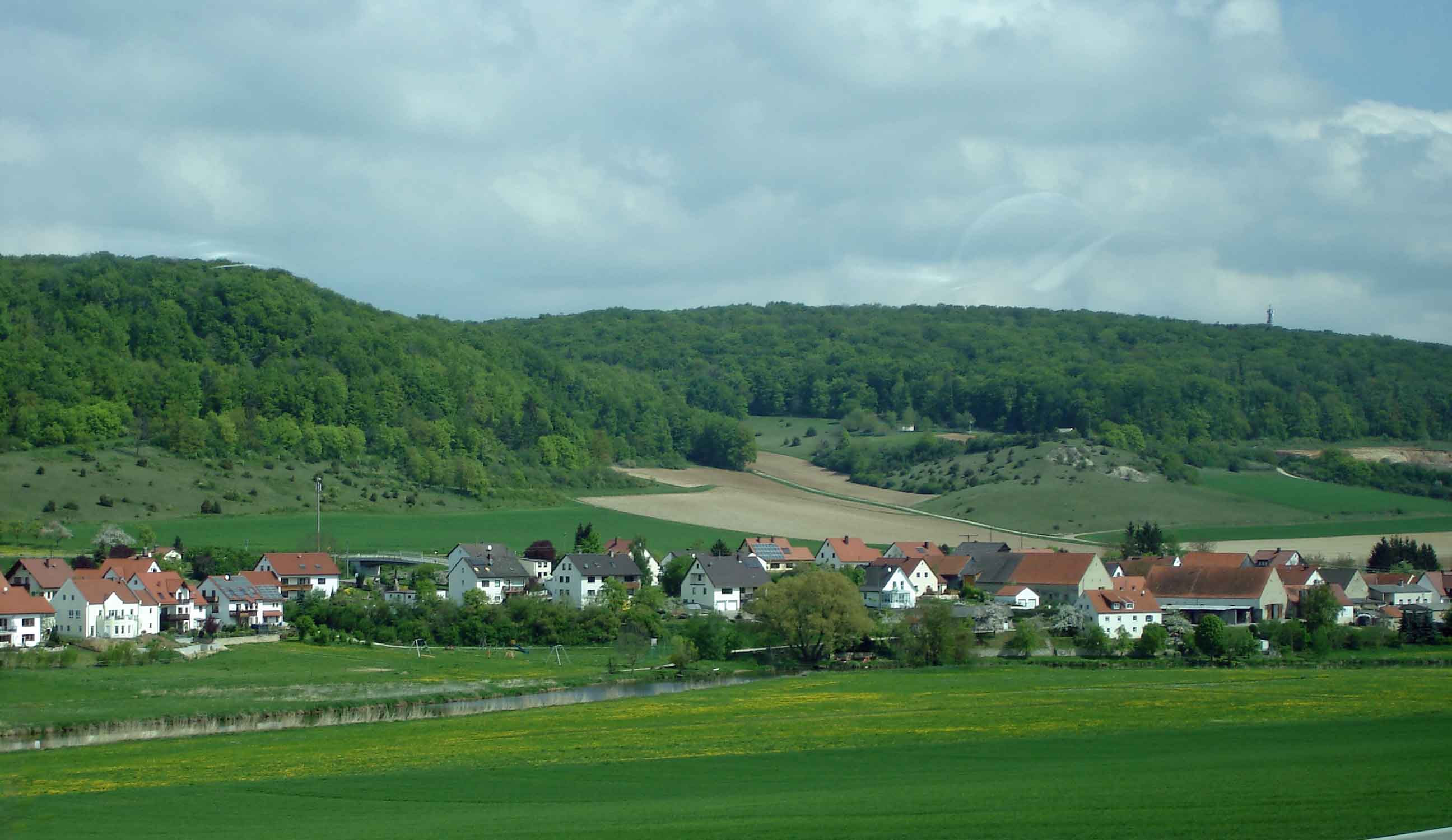
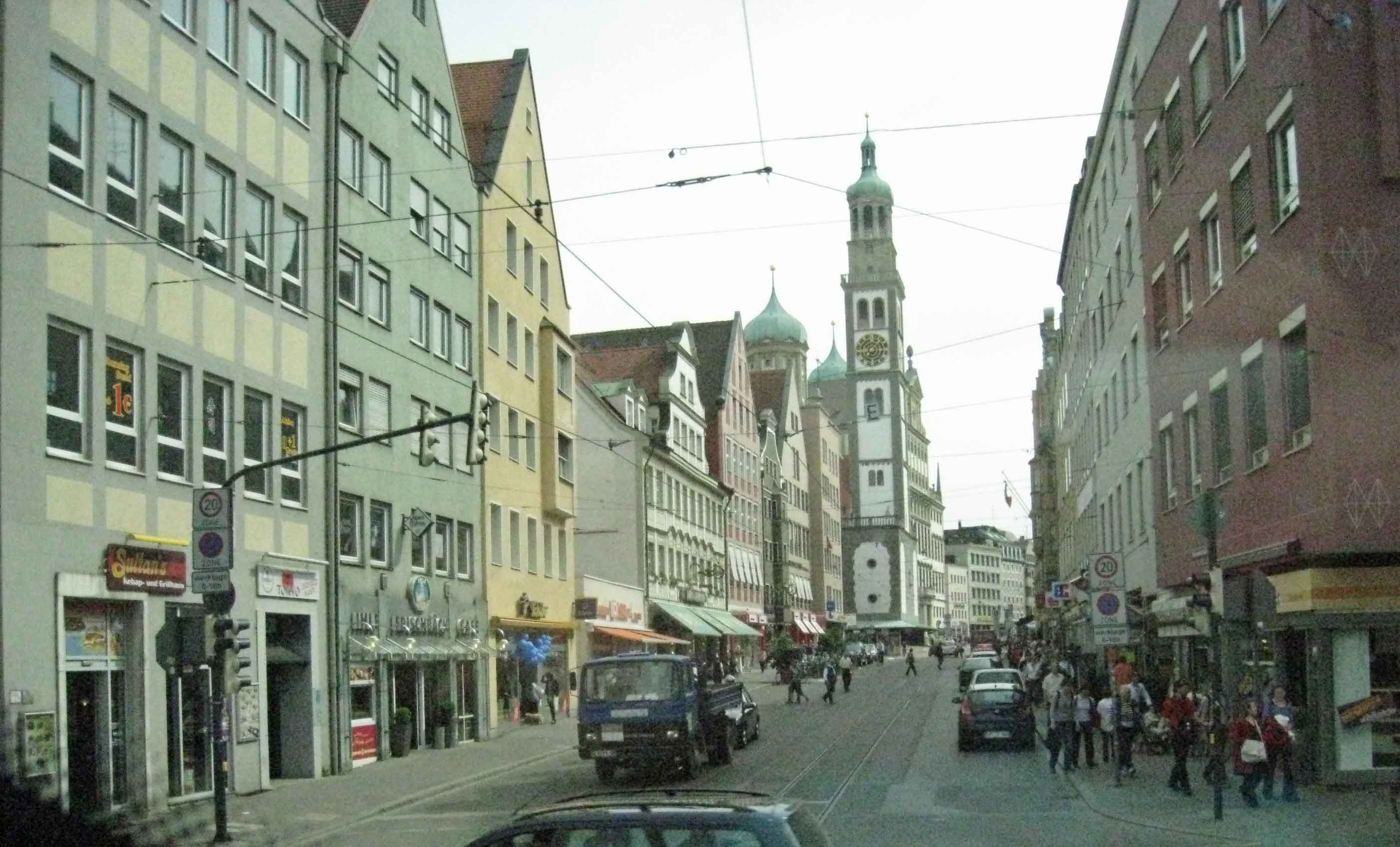
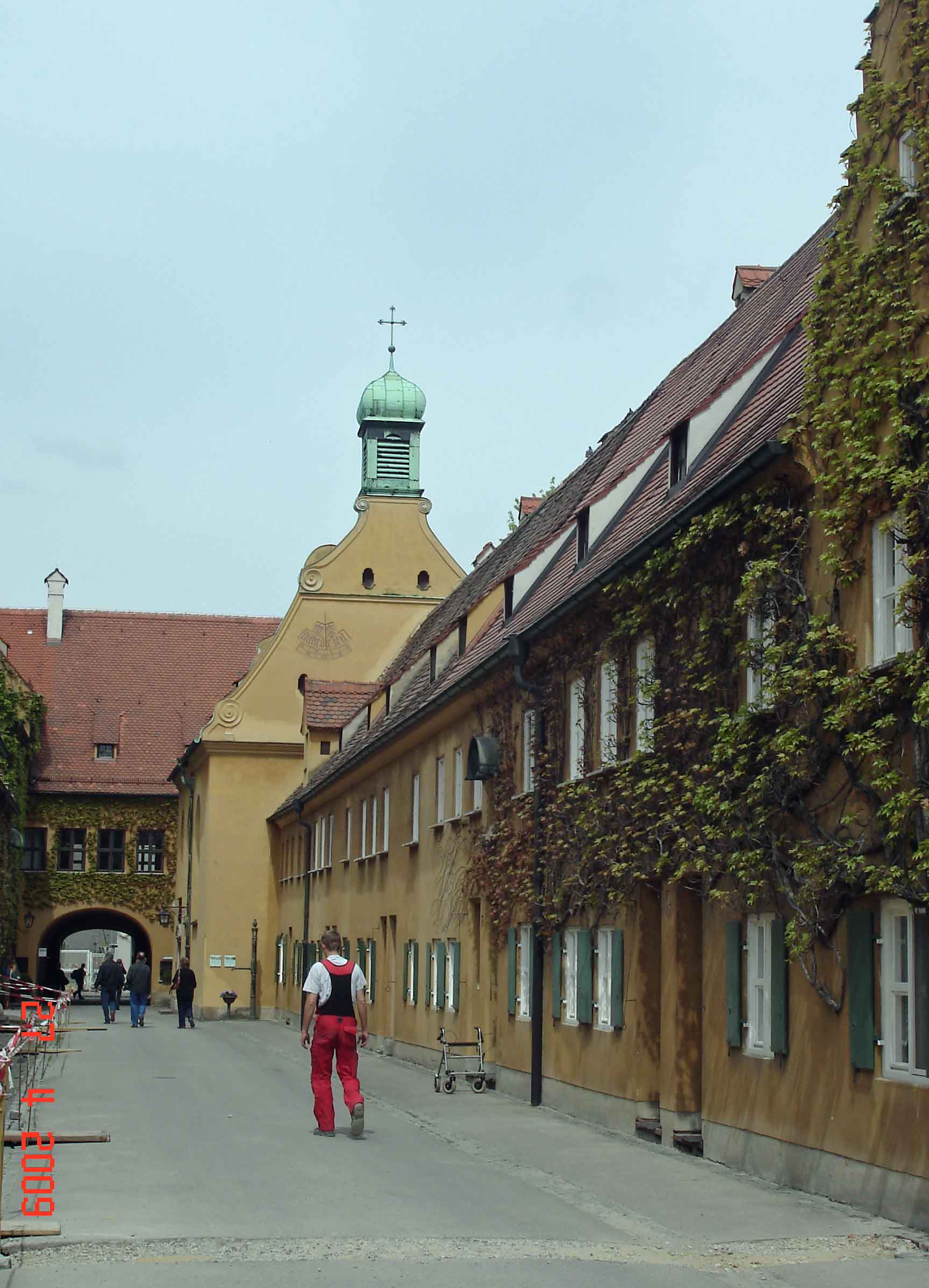
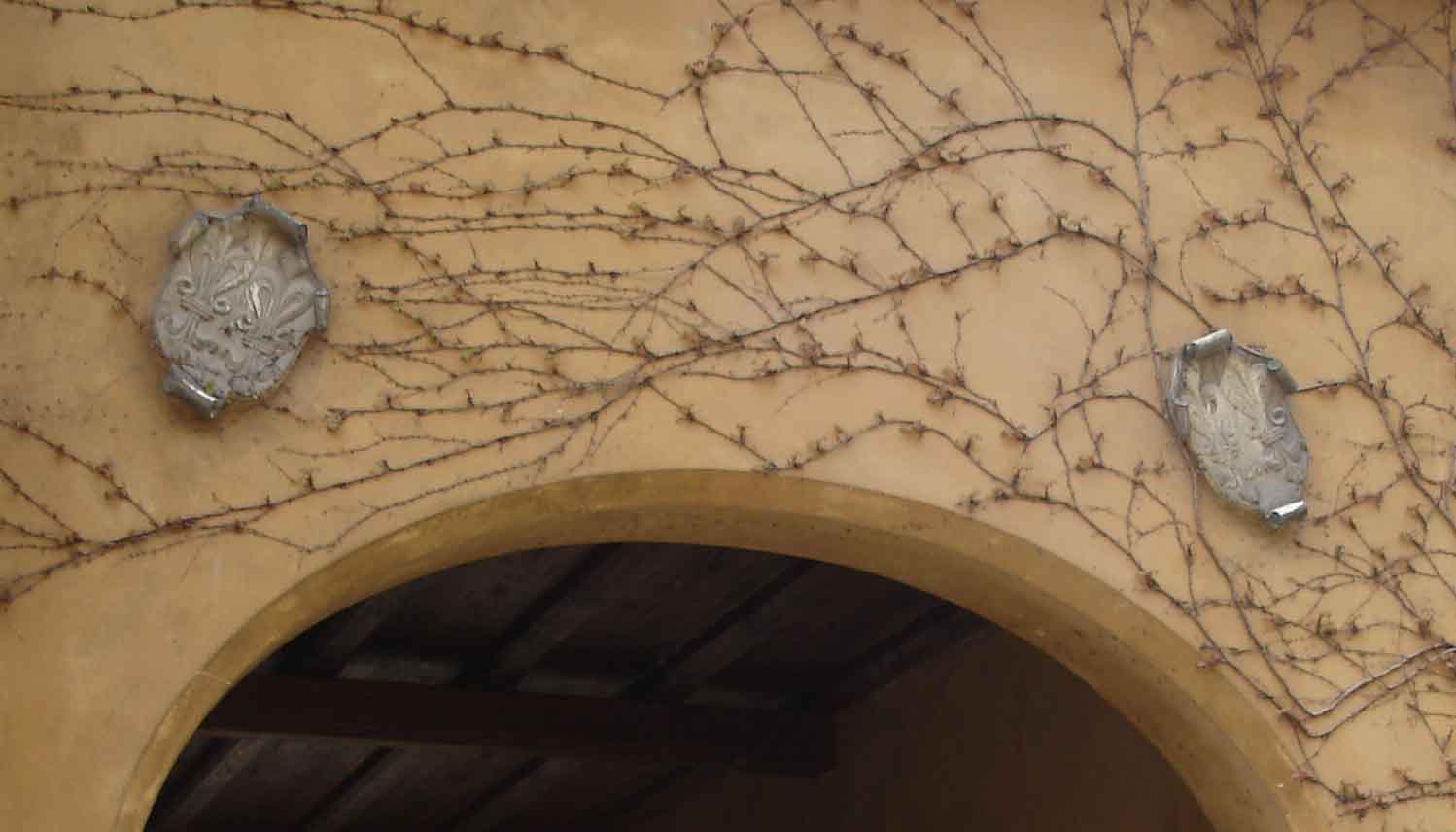
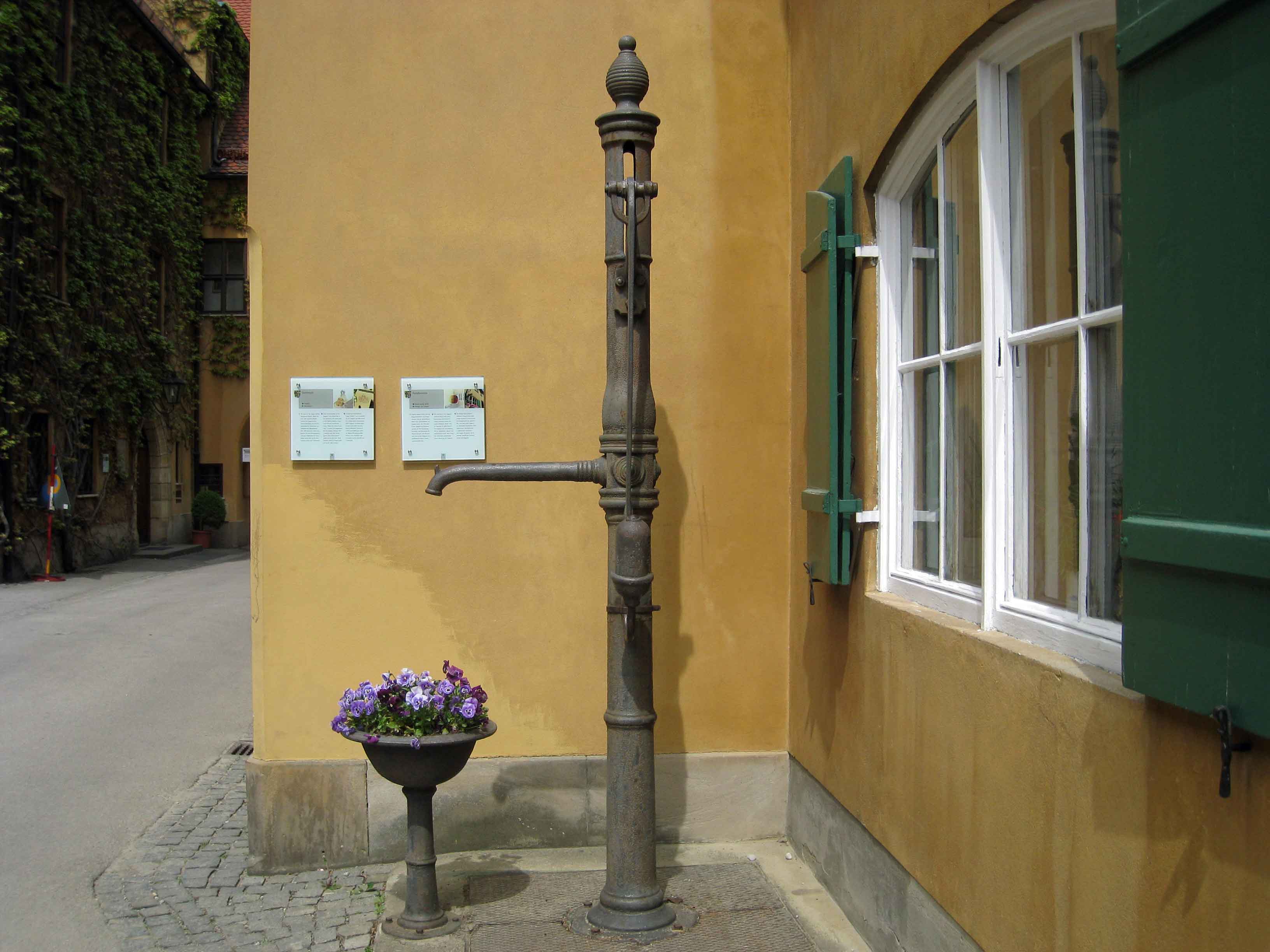
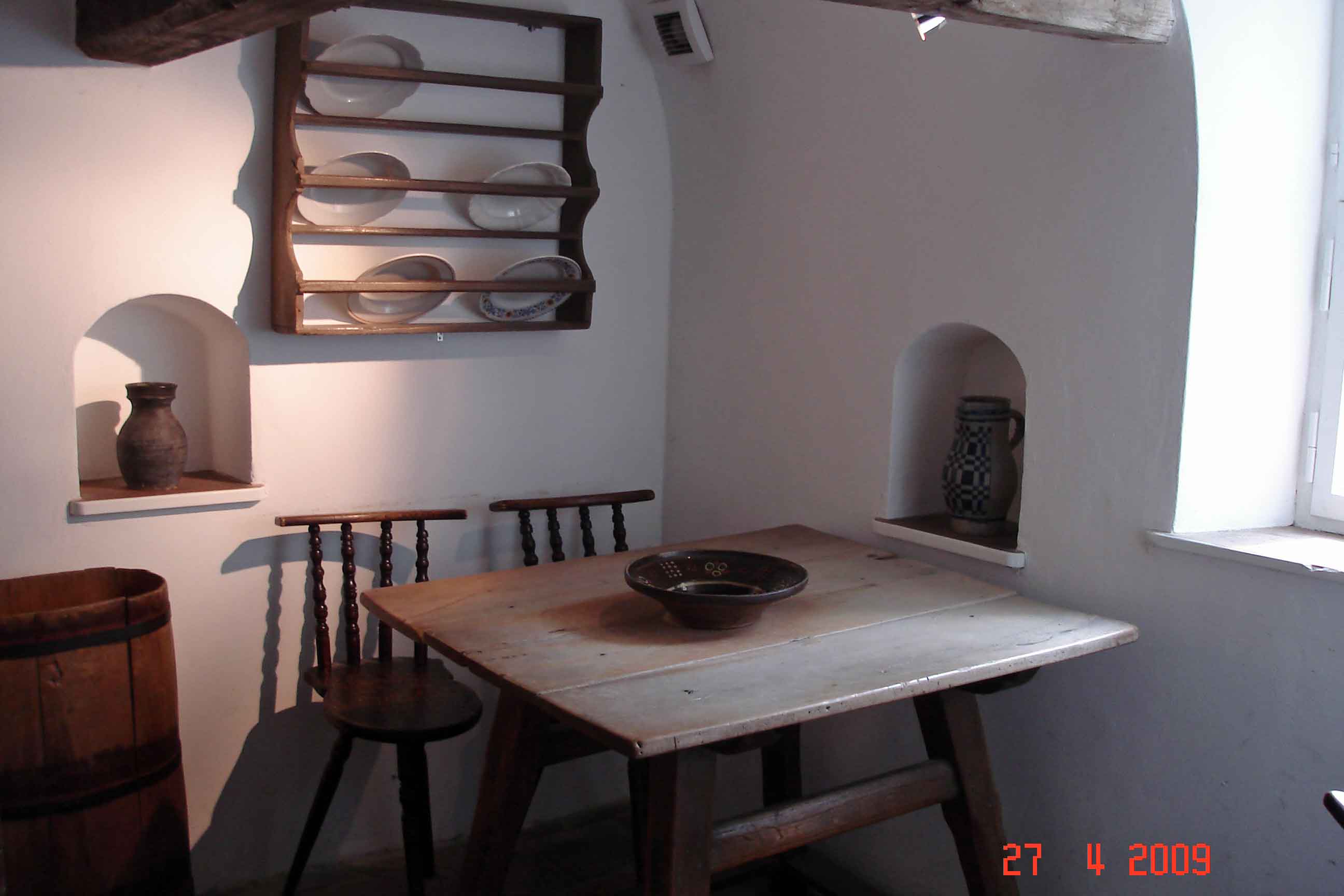
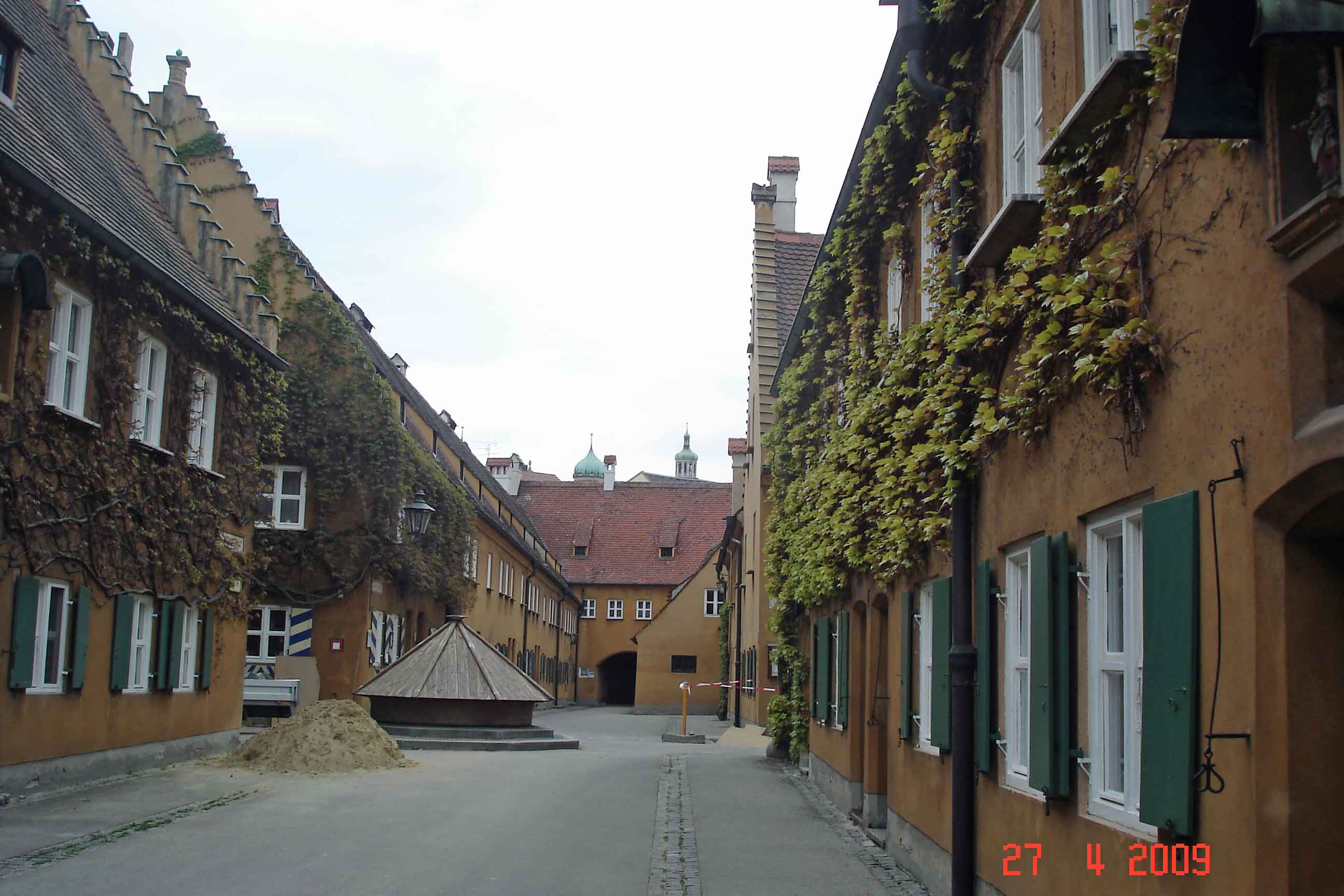
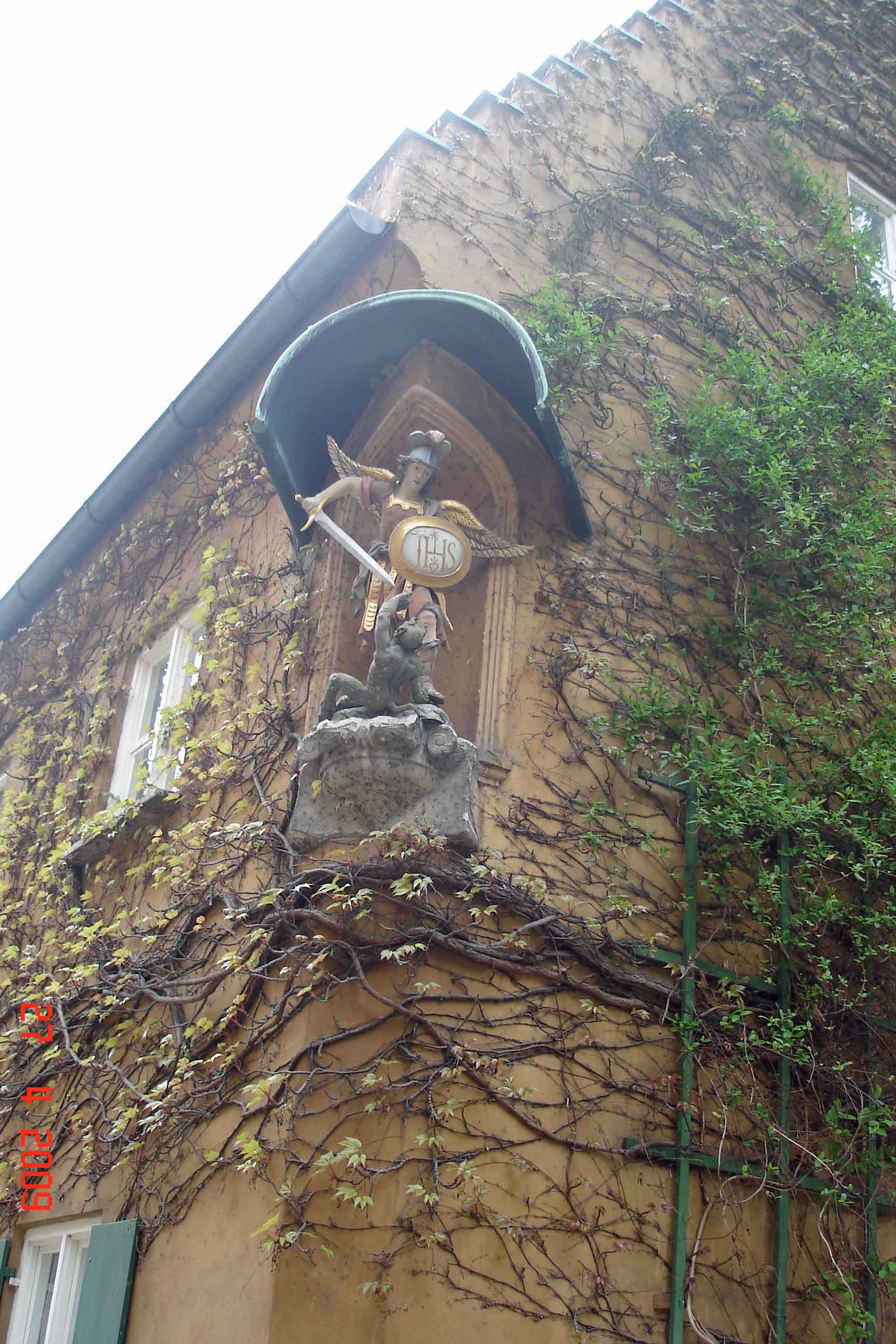
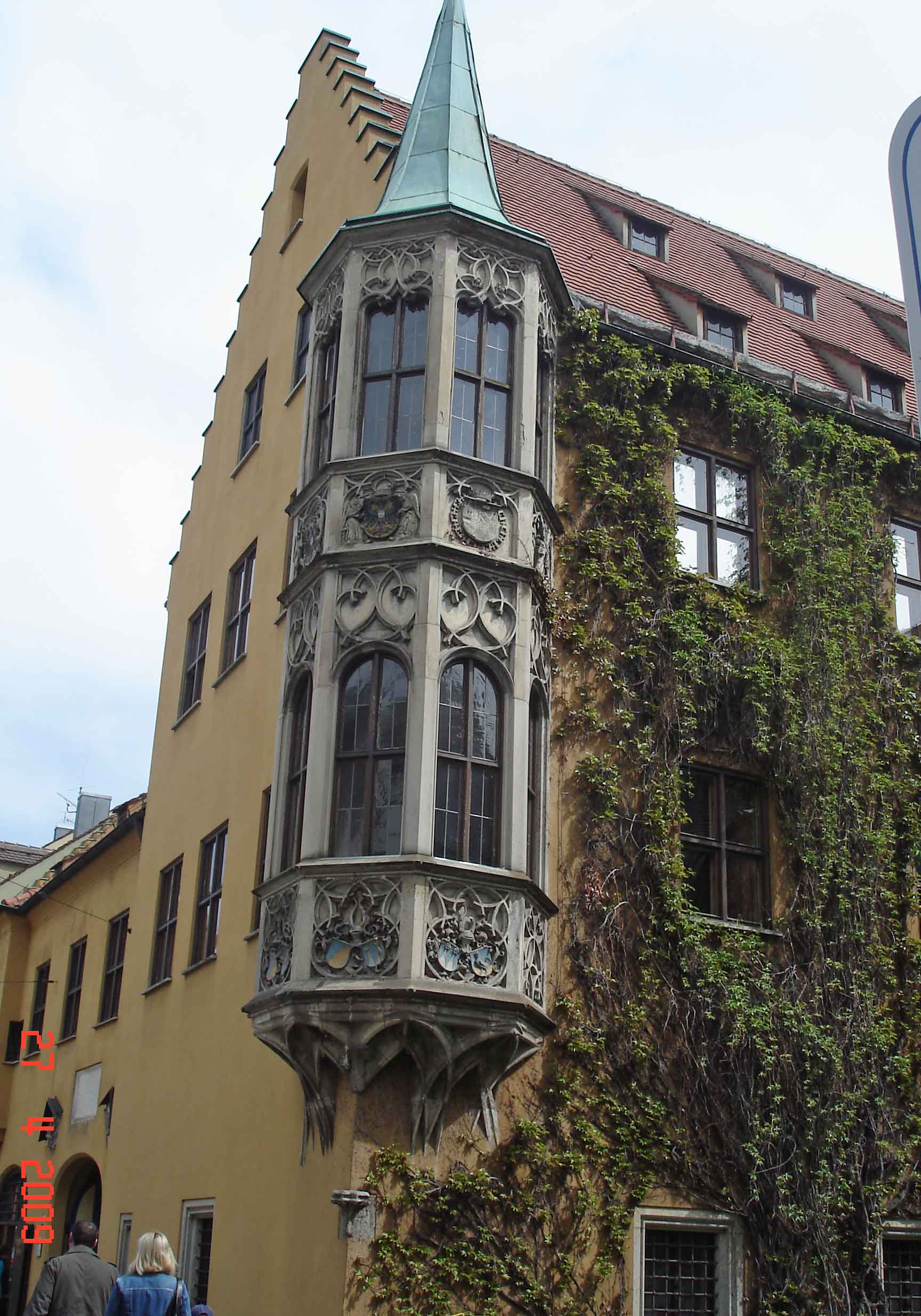
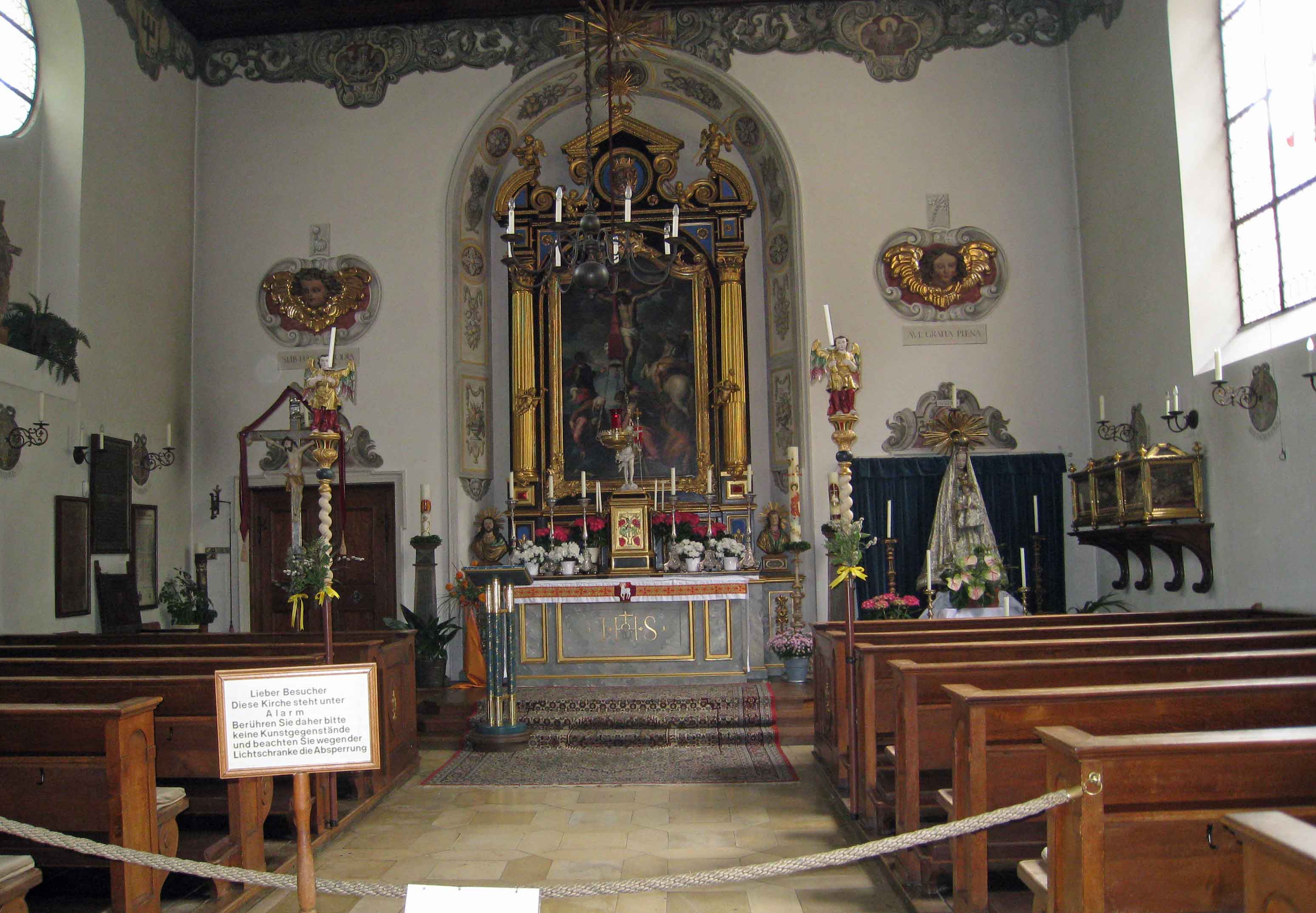
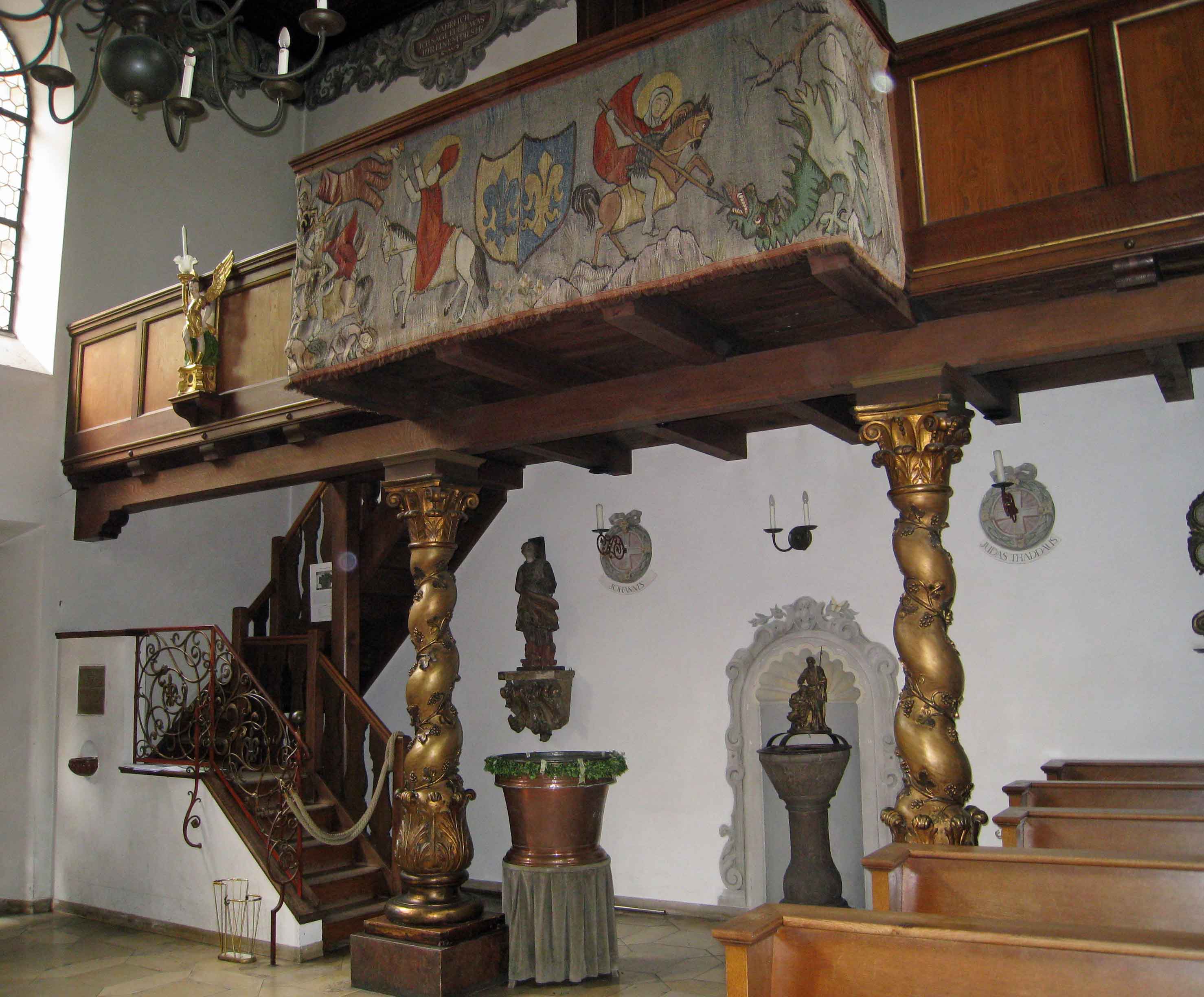
Speak Your Mind